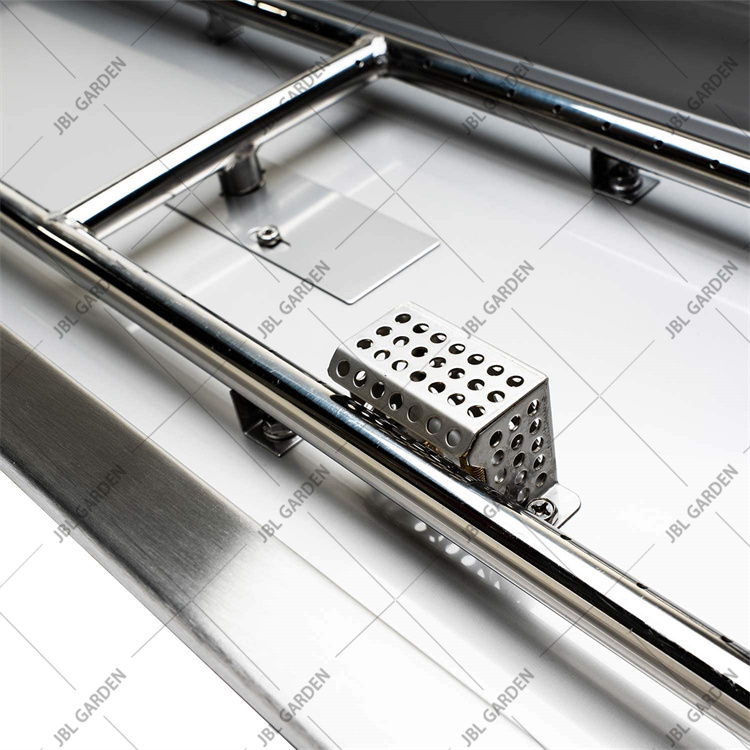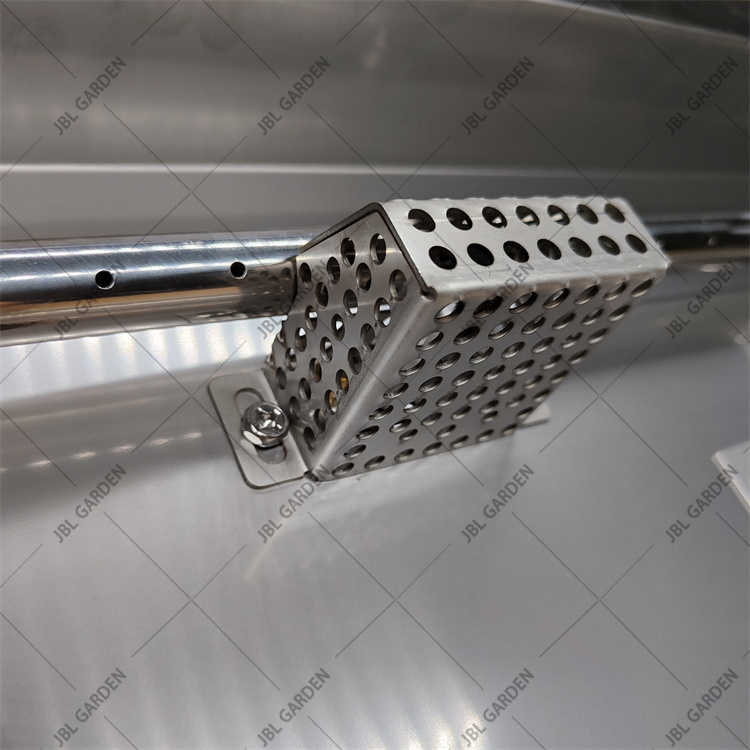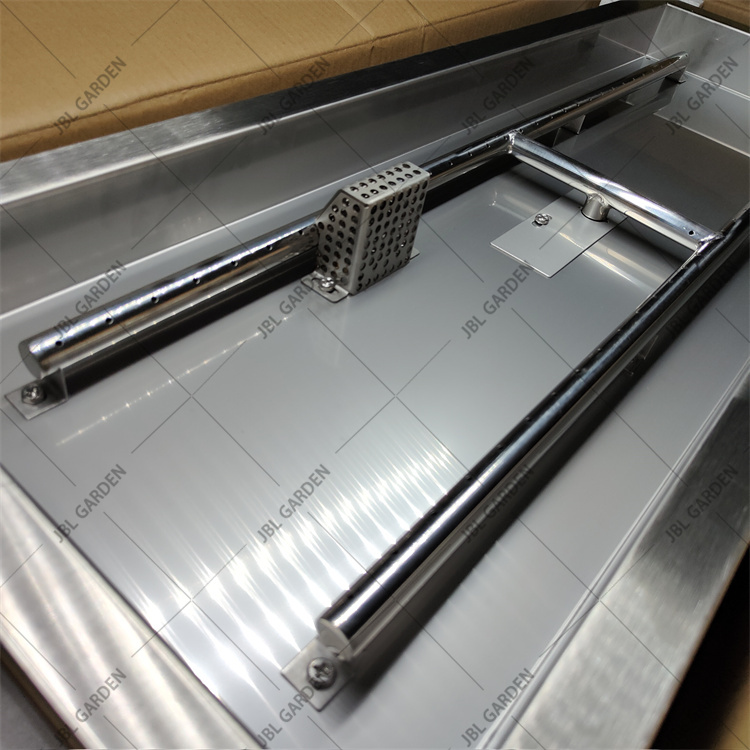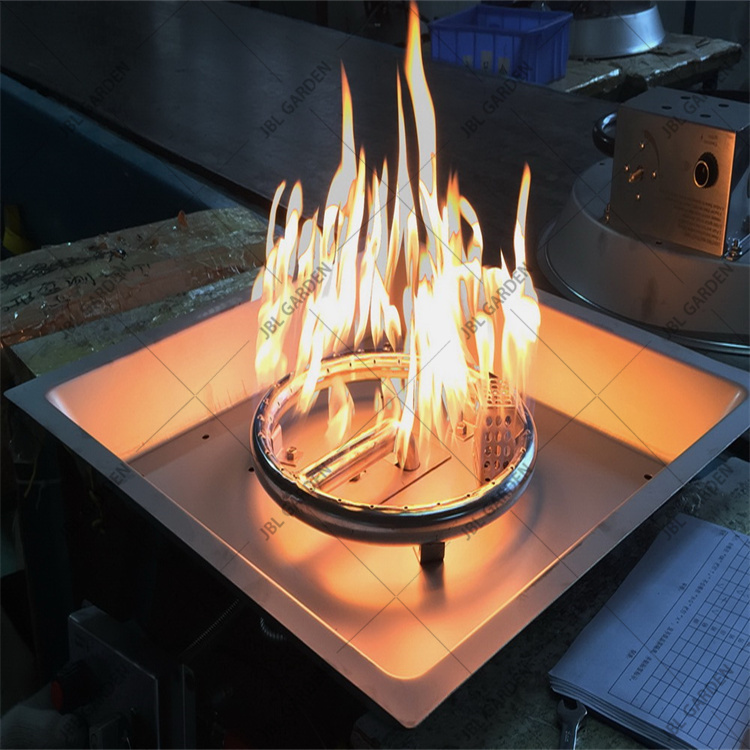The Application and Analysis of JDF Based on XML in the Workflow of Digital Printing (3)
MIS-body
It takes a lot of effort to coordinate the equipment of different manufacturers. Although the XML language has the ability to encode multiple languages, it is not completely available. Moreover, in the printing workflow, the biggest and most important obstacle is that there is a big problem in communication between the management information system (MIS) responsible for planning and control work and the production service system responsible for operations. In other words, there is no automatic, coordinated and effective two-way communication method between these two aspects. All data enumerating plans, arrangements, processing results, working conditions and work tracking must be passed from the production department to MIS before MIS can process the information and provide instructions.
Figure 6
JDF provides a mechanism for controlling and tracking live jobs for natural production systems. It also provides information delivery services between MIS and production. During the live job execution process, the results of each process are stored for better tracking. The system has defined a series of standard information, information formats and equipment implementation agreements. It also provides a range of information. The minimum acceptance is zero information. When there is no information to choose, the controller must check the JDF to determine the processing result. In addition to the information capacity, JDF includes different audit records for each processing process, which provides details of the processing plan and actual results. Most devices will choose to support different levels of information capacity.
The device must support the command function. If the device selects the command function, the controller can issue commands to interrupt the current job, restart a job or change the priority of the job. In addition to communication, JDF can also support the controller to collect each process And transfer the information to the tracking system for the job accounting system.
In addition, the entire job information can also be transmitted to the job accounting system. The system then checks the audit records to determine the cost of the entire job. Each individual project manager selects one or more operations to complete each individual job. At the beginning of the creation of the first version, JDF was irrelevant to equipment providers, which ensured that all providers could use the JDF development system, and no provider was at a disadvantage in the competition.
JDF defines a message architecture, which includes message format, semantics, and communication protocols. The JDF driver uses this architecture to exchange information with the system that controls production equipment. System providers also have greater flexibility when choosing messaging mechanisms. JDF provides a good opportunity for MIS integration.
JDF library and simulator
In cooperation with Wuppertal University and Heidelberg, the Java library for writing and interpreting JDF has been implemented. The library will be announced by the CIP4 Alliance and will be open to CIP4 members as a common resource library. Agents, controllers and devices based on this open source code library can be effectively developed.
Figure 7
There is a Java-based simulation tool at the top of the library for modeling JDF workflow. This tool is also developed by Wuppertal University. Users can put JDF into a hot file folder as the output information of the simulator through the WEB interface to process the information. Transfer to different production resources through JDF. These simulation resources can be processed on a single computer or as a distributed system (based on TCP / IP). When the simulator runs discrete events, the production status and error information generated will be used as work messages. It is sent to the controller and in the future even "real" JDF controllers will be integrated into the simulation environment for testing.
Figure 8
Accordingly, advanced methods for testing new agents, new controllers, and new equipment will be implemented so that early testing does not require a real production environment.
Conclusion and outlook
XML can realize the automatic transmission of data between independent computer systems. In this way, a large amount of work information flow is reduced from quotation, receiving, work order arrangement, production, work order tracking, product shipment, invoicing to payment collection. The complete re-entry of the information, the purpose of exposing the XML and JDF standards is to make the workflow integration easier, although we now see that these process borders are only implemented on a single provider device, such as Prinect from Heidelberg, Agfa Apogee and TrueNet, etc., JDF still promises to pave the way for multiple providers to work together, but it is simple to say and difficult to do.
It is difficult to guarantee that all equipment providers will develop equipment that adapts to the same JDF, that is, only when both systems are adapted to the JDF standard can they be successfully connected. Therefore, two years ago, Creo announced the establishment of Networked Graphic Producion (NGP). The founding members of the organization will be committed to defining, developing, testing and providing JDF-based integration between their systems, in order to ensure that different providers achieve better For integration, NGP members decided to define and use a standard JDF interface. NGP has more than 25 members, including software providers (Adobe); MIS (DiMS !, Printcafe, Primac, Prism, Radius and Streamline Solutions); digital printing provider (Xerox); printing machine provider (KBA, Komori, MAN Roland and MBO).
Heidelberg has already adapted its pre-press, printing and post-press equipment to the JDF standard in advance. Once the provider reaches this goal, its equipment can coordinate with other suppliers' equipment. Heidelberg announced that it plans to integrate with Electronic for Image and Printcafe to integrate Printcafe's print management software into Heidelberg's printing system, which is achieved through the JDF standard specified by CIP4.
The Drupa printing exhibition in 2004 is imminent. We expect more providers to join the JD alliance and new products come out, and look forward to JDF based on the XML standard can bring more opportunities to the printing and publishing industry.
Traditional style low-rise table-top Fire Pit pan. It makes this fire pit bowl easily transportable for camping, fishing or a simple barbecue. Because of its compact size, it's also convenient for use on balconies of small terraces.The fire pit pans & burners are made of 304 stainless steel. Designed to withstand extreme heat & harsh weather without damage or rust. Creates a brilliant, uniform flame. Add fire glass or lava rocks to match your decor to complete the look.
We have Square, round and Rectangular Fire Pit Burner
| Name |
Stainless Steel Propane Fire Pit Burner |
| Material | Stainless steel |
| Size | 800*800mm |
| Steel thickness | 2mm |
| Weight | 3.5KG |
| Packing | carton |






Fire Pit Burner,Propane Fire Pit Burner,Fire Pit Burner Kits,Gas Fire Pit Burner
Henan Jinbailai Industrial Co.,Ltd , https://www.hnjblbbq.com